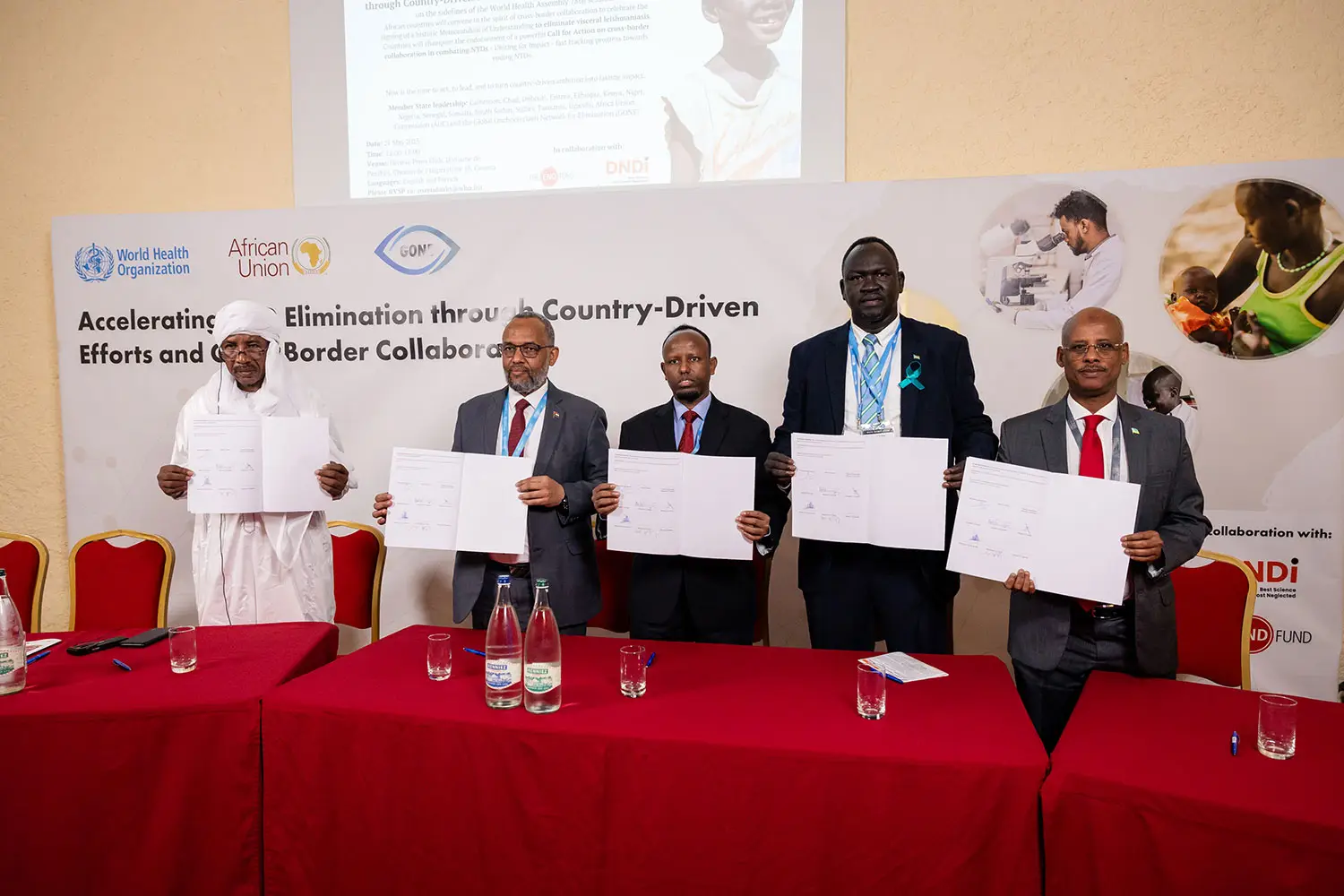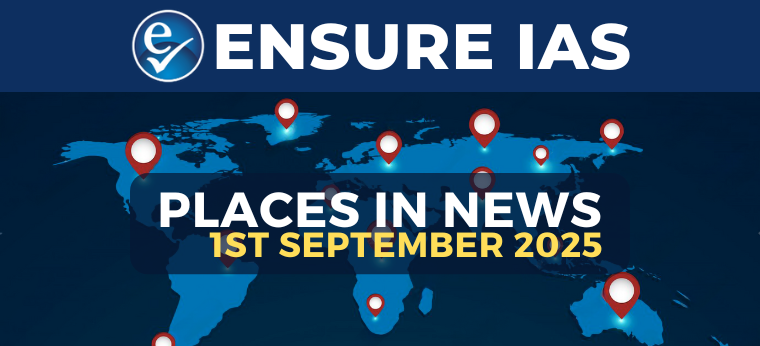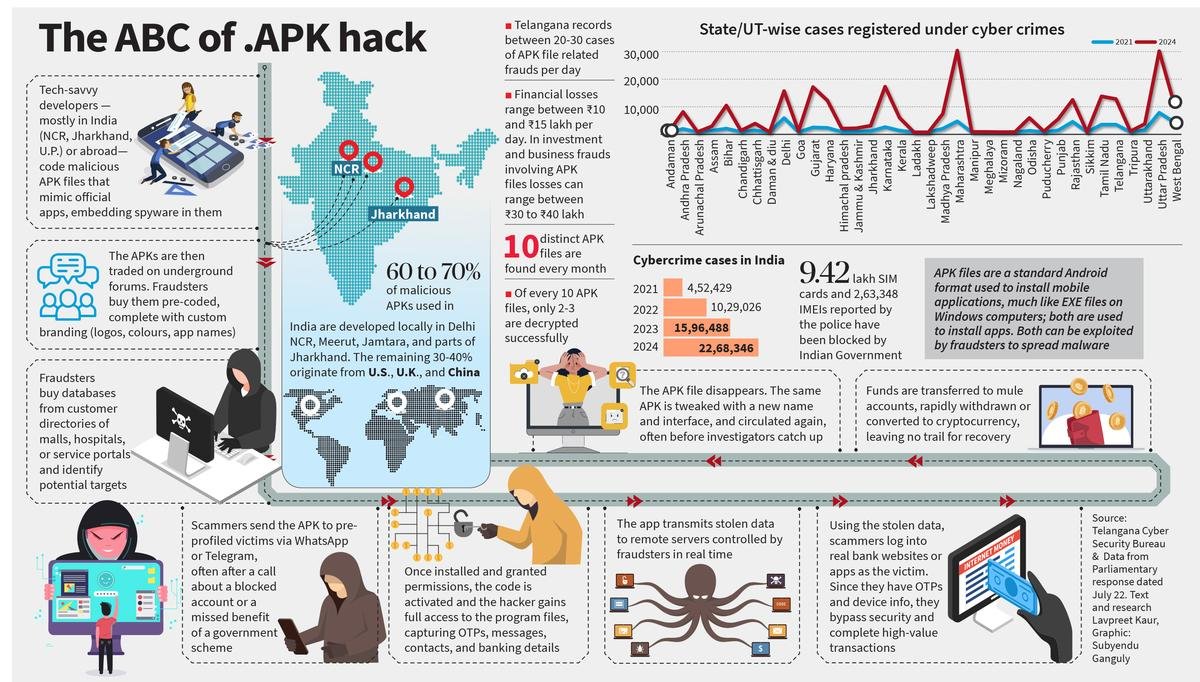Relevance: GS II and III; IR; Science and Tech; Diseases in News; Places in News;
Why in the News?
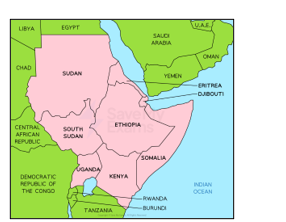
Recently, in May 2025, six countries- Chad, Djibouti, Ethiopia, Somalia, South Sudan, and Sudan signed a Memorandum of Understanding (MoU) to eliminate Kala-Azar.
- The signing took place during the 78th World Health Assembly in Geneva, under the auspices of the African Union and the World Health Organization (WHO).
- This MoU formalizes joint commitments to ramp up investments, develop effective policies, and strengthen cross-border collaboration to achieve disease elimination targets set out in a regional framework launched in June 2024
What is Kala Azar?
- Kala-azar is a serious disease caused by a tiny parasite called Leishmania.
- Visceral leishmaniasis (Kala Azar) – a word coined in the late nineteenth century in India, which means “black disease”, referring to the greyish or blackish discoloration of the skin during infection.
- In India Leishmania donovani is the only parasite causing this disease.
- This parasite is spread to humans through the bite of infected female sandflies, which are very small insects.
- Once inside, it multiplies and damages the organs (as shown in the image).
- This disease is a major health problem in parts of Africa, India, and other tropical regions, especially among the poorest populations.
- Affects poor communities, especially children, and is linked to malnutrition and poor living conditions.
- Therefore it is called as ‘Neglected Tropical Diseases (NTD)’
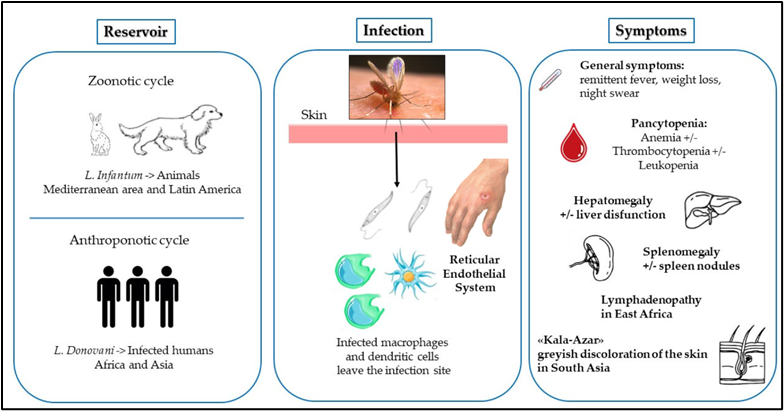
- Kala-azar is very dangerous if not treated—almost always fatal within two years.
- What is the major issue with Kala Azar?
- After treatment, some people develop skin problems called Post Kala-azar Dermal Leishmaniasis (PKDL), where the parasite causes skin rashes or bumps.
- These people can still spread the parasite to sandflies, which can then infect others.
- Treatment:
- The first-line treatment for kala azar in India is injectable liposomal amphotericin B (10 mg/kg body weight).
- Miltefosine, an oral drug, particularly for Post-Kala Azar Dermal Leishmaniasis (PKDL) is used.
What is the situation in India?
|
What are the proposed strategies by African Nations to improve Cross-Border Cooperation on NTDs?
- Joint Surveillance and Data Sharing: Utilize regional surveillance platforms by sharing information from neighbouring countries, such as the Integrated Disease Surveillance and Response framework.
-
- Conduct joint planning and synchronized implementation of health policies, including mass drug administration (MDA) and vector control, to ensure consistent coverage across borders.
- Harmonization of Policies and Communication: Countries have signed to ensure that all the communications made should be provided in the official languages of participating countries to overcome language barriers and facilitate smooth collaboration.
-
- Established the linkages for the disease control efforts to higher-level political bodies to elevate NTDs on national and regional agendas.
- Capacity Building and Training: All the 6 nations have organized joint training programs for healthcare workers to standardize skills and knowledge across borders.
- Public Awareness: Countries would conduct public health campaigns and community sensitization to enhance understanding of NTDs and increase acceptance of interventions, especially among mobile and nomadic populations.
What is the role of WHO in supporting Kala-azar and NTD elimination efforts?
- DNDi (Drugs for Neglected Diseases initiative): This initiative of WHO with DNDi leads global efforts to coordinate research from drug discovery through clinical trials, ensuring that new therapies are tailored to the needs of affected populations and are accessible where they are needed most.
-
- DNDi and WHO help build research and health infrastructure in low- and middle-income countries by training local scientists, clinicians, and health workers.
- They promote scientific exchange, support networks of excellence, and help countries develop and deliver new treatments.
Please note that:
|
Conclusion: By pledging to eliminate kala-azar together, these countries are rejecting the idea that borders should limit the fight against disease.
- This decision is more than a policy move; it’s a statement that Africa’s future will be shaped by collaboration, innovation, and determination.
| PYQ Relevance:
Q. Critically examine the role of WHO in providing global health security during the Covid-19 pandemic. (UPSC CSE 2020) |


